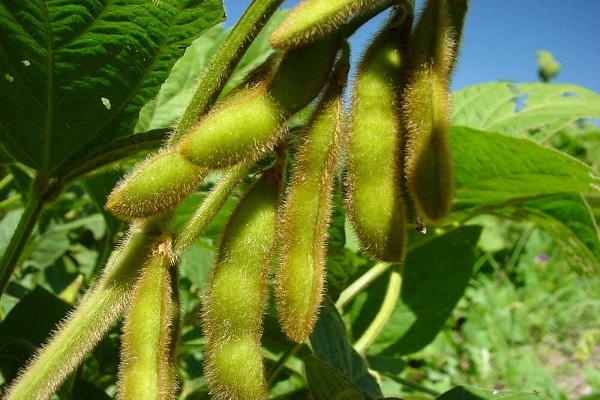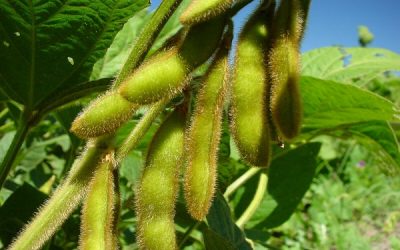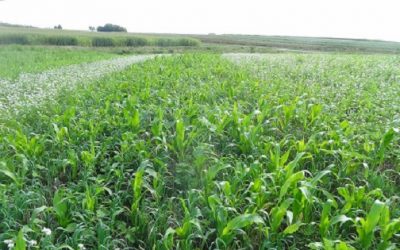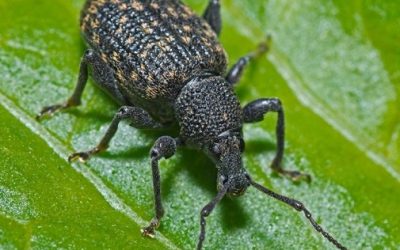How to maximize Soya Bean yields.

A healthy plant will flower, bear fruit and seeds, and reproduce; an unhealthy plant will always struggle to do so. The secret to successful soya bean production lies in keeping your plants healthy from planting right through to harvesting.
To do this, proper planning and good cultivation management are critical to ensuring that you harvest every possible kilogram per hectare. To achieve this, it’s crucial to visit the lands and scout the plants for diseases and pests.
Nothing can make up for knowledge. By visiting lands frequently, you can identify problems timeously and address them before they escalate into a disaster.
In addition, look for the cultivar that’s best suited to your particular area, using multi-year trial data. That’s always a safe choice: [a combination of] your own experience, trial data from your area and trial data supplied by the Agricultural Research Council, companies and study groups will provide useful information to base your choices on.
To maximize yield, farmers are advised to adopt a systems-based approach to planting. Such a comprehensive agronomic management programme includes a combination of cultivation practices, cultivar choice, and the use of herbicide, fungicide and insecticide.
These are mitigating the effects of poor weather conditions, improving soil fertility, genetics, foliar protection, seed treatment, and row spacing. These factors demonstrate how farmers can combine technologies to increase soya bean yield through intensive crop management. Adding one more pod to each soya bean plant will increase the total yield significantly.
1. Mitigate the effects of poor weather conditions
Management practices that promote strong root development, such as excellent-quality seed, fertilization, enhanced seed emergence, and disease control, may help mitigate many of the weather’s negative effects. The planting date is one of the most important aspects of soya bean production.
2. Improving soil fertility and nutrition
Although soil fertility is one of the most crucial factors, it is often overlooked. It can be improved, however, through balanced crop nutrition and fertilizer placement technologies.
Because soya bean is a protein crop, it requires a great deal of nitrogen. For decades we’ve relied on the plant’s ability as a legume to fix its own nitrogen. [But] soya bean gets only about 50% of the nitrogen it needs from the nodules, with the rest coming from the soil. As yields increase, nitrogen becomes increasingly limited.
Farmers may need to consider treating their seed with a better bacterial Rhizobium inoculant, or add some nitrogen as fertilizer. Phosphorus and sulphur can also have a significant effect on yield and should be kept in mind as fertilizer components.
The fertilizer programme should be determined by the field’s yield potential in combination with the cultivar’s requirements. Taking soil and foliar samples is crucial to determine which macro- and microelements should be applied throughout the season.
Although soya bean can fix its own nitrogen, the lack of other essential elements can have a detrimental effect on the overall yield at the end of the season.
Good farming practice begins with proper soil management. The biology behind soil is extremely important. If you don’t have fertile soils, you won’t realize good yields. After correcting the soil fertility, you can move to the next step, which is to look at the specific cultivar or hybrid.
Fertilization and cultivar selection are closely linked, and points out that potassium is the biggest driver of yield.
Because improved genetics have more potential, they need more nutrients to sustain that potential.
The biggest game changer for me was starting to do zone fertilization. Multi-year yield data layered onto soil type data created management zones for fertilization, and that eliminated the over- and under-fertilization of different yield potential zones. Every zone receives the correct amount of fertilizer. Soil acidity levels are stabilized and consequently the yield per zone has increased significantly.
Calcium is also especially important for the beans to maintain their moisture. The only way to do this is to ensure that your lime applications are done correctly at the start of the season and that the pH is correct.
You can buy the best planter and use state-of-the-art precision planting technology, but if your soil isn’t fertile, these will be of no use. One can take an old planter and plant in fertile soil and still realize a decent crop on that field. Only by combining good soil and fertilization programs with technology can one realize optimum yields.
Cultivar selection
The proper selection of soya bean varieties is crucial for success in a high-yield, management-intensive production system. Seed variety has a definite influence on yield, and the variety that achieves the fullest maturity for the region tends to lead to the largest yield increases.


